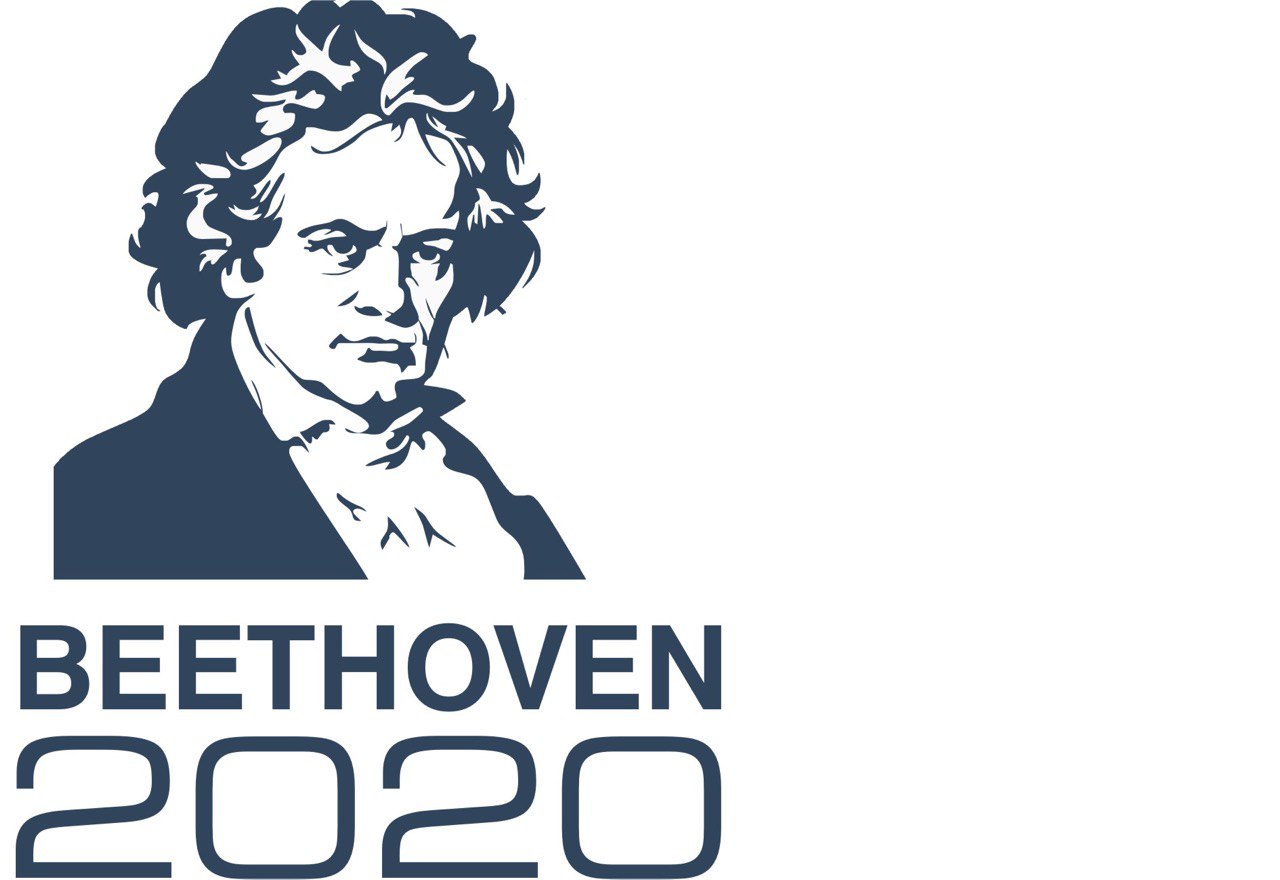Violin Sonata no.5 in F Major , Op.24 (Spring Sonata) (1800-01)
I.Allegro
II.Adagio molto esspressivo
III.Scherzo : Allegro molto
IV.Rondo : Allegro ma non troppo
مجتبی طباطبایی، ویولن
مریم صوفی سیاوش، پیانو
Beethoven had a great love of nature and was particularly happy and inspired when in the forest or under the stars. The presence of God for him was reinforced by the beauty of nature. This tender side – bucolic, romantic, and gentle – contrasts with the well-known characteristics of extreme dynamic tension and emotional aura in much of Beethoven’s music, but it is indeed found throughout his oeuvre and is an important element in understanding the composer’s complex personality.
The ‘Spring’ sonata, Op. 24, is the fifth of Beethoven’s ten sonatas for piano and violin. Composed between 1800 and 1801, it was dedicated, along with the Sonata in A minor Op. 23 to one of Beethoven’s most generous Viennese patrons, Count Moritz von Fries. Both sonatas were originally intended to be paired as Op. 23, Nos. 1 and 2, respectively, but through the fault of the engraver, the ‘Spring’ sonata became Opus 24.
One of the most popular of Beethoven’s sonatas for piano and violin, the work is easily remembered, even after first hearing. The music is full of joy, and its refreshing, hopeful quality makes the subtitle, ‘Spring,’ most appropriate. Throughout, the melodies are immediate, simple, and elegant. There are also humorous moments, reminding listeners that Beethoven was a master of fun and games as well.
‘Spring’ is one of only three of Beethoven’s piano and violin sonatas to be cast in four movements, the others being No. 7, Op. 30 No. 2, and No. 10, Op. 96. It opens with one of the most unforgettable melodies of all time played in F Major by the violin. The second theme which follows is more rhythmic and energetic, and the movement develops around the two contrasting themes. The slow movement in B-flat Major speaks simply and flowingly, with violin and piano alternating in presenting the theme in slightly different variations. The third movement, a scherzo and trio, is like a game of tag in which the violin and the piano bounce off each other. The coquettish impression is strengthened by the rhythmic playfulness. The finale is in rondo form, with a lyrical theme followed by three episodes. Lighthearted and spontaneous, its dotted rhythms exemplify Beethoven’s inventiveness and sense of humor.
- ۹۸/۱۲/۰۲
